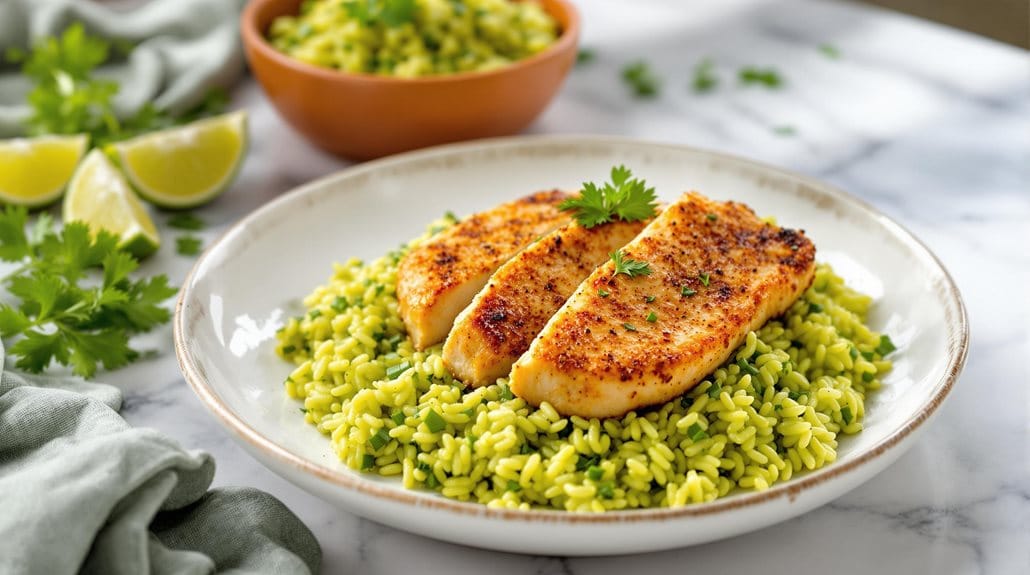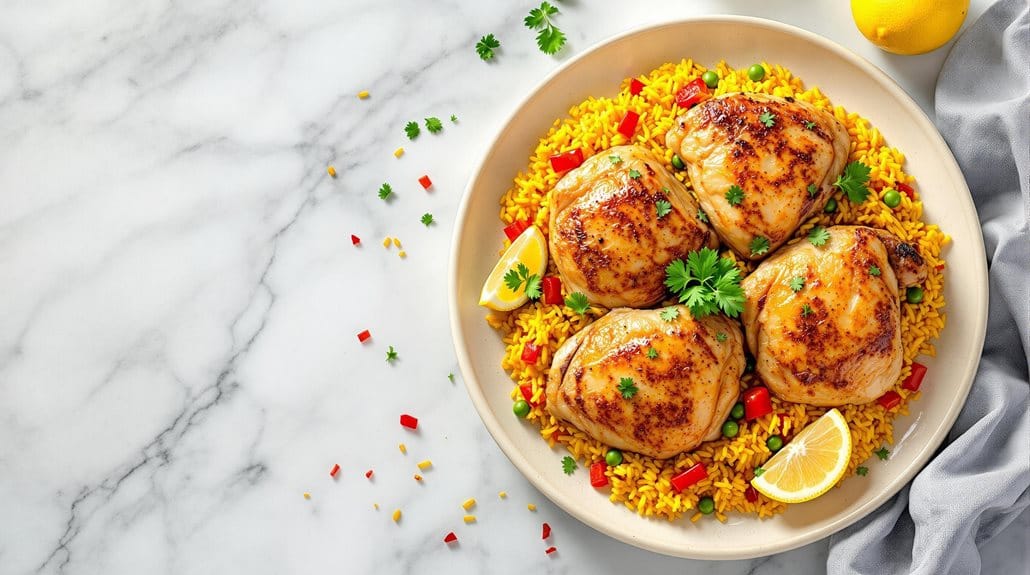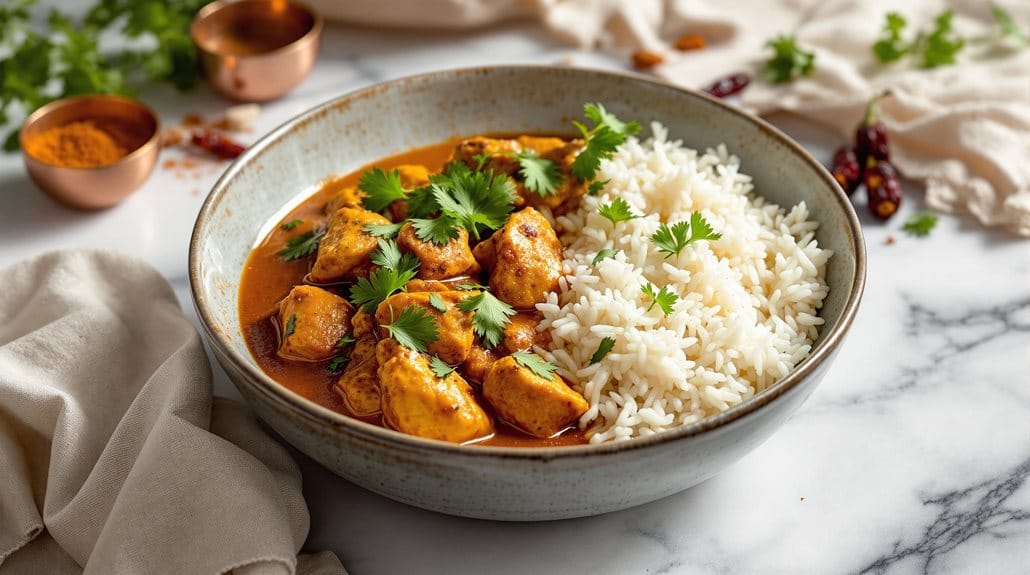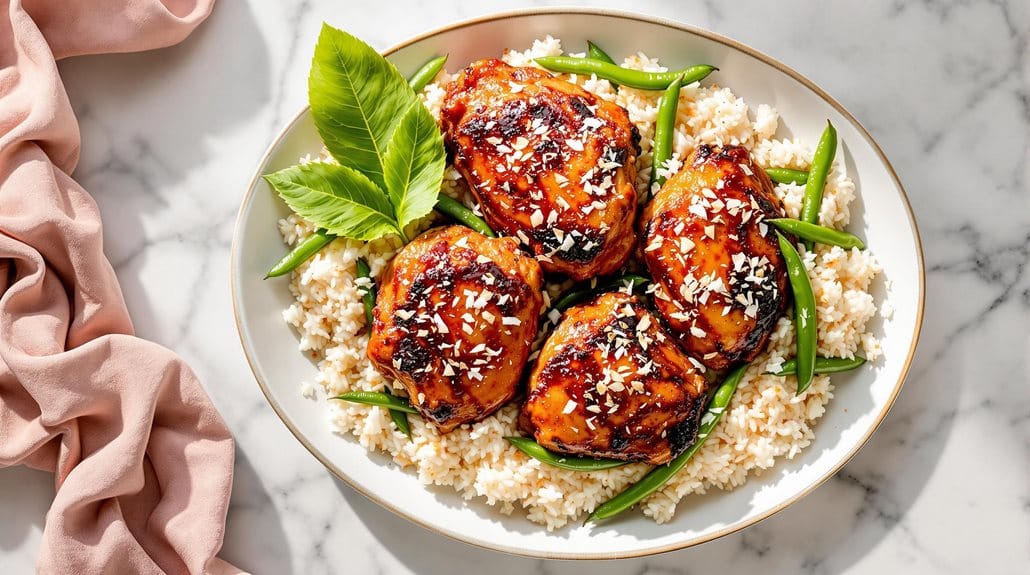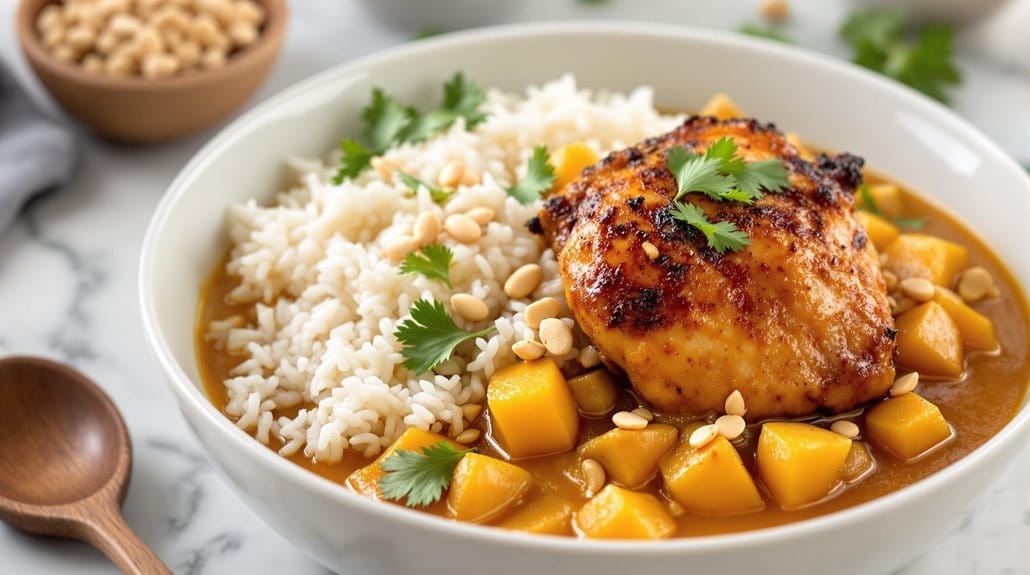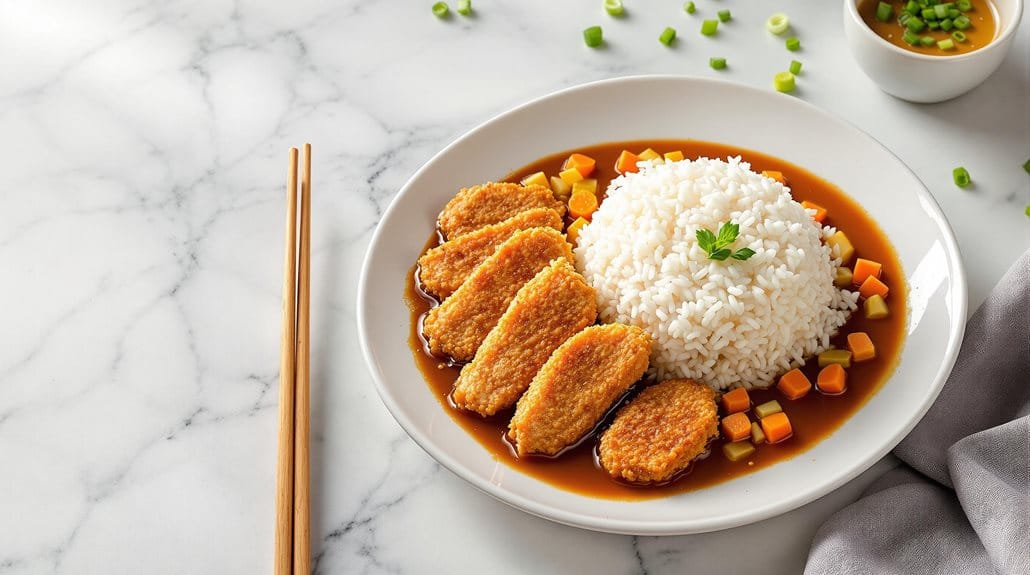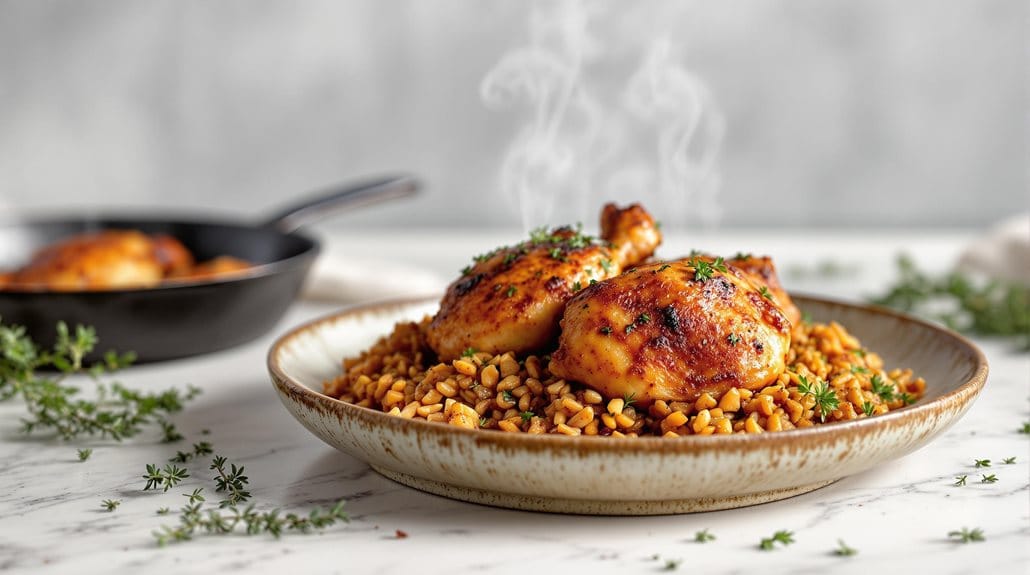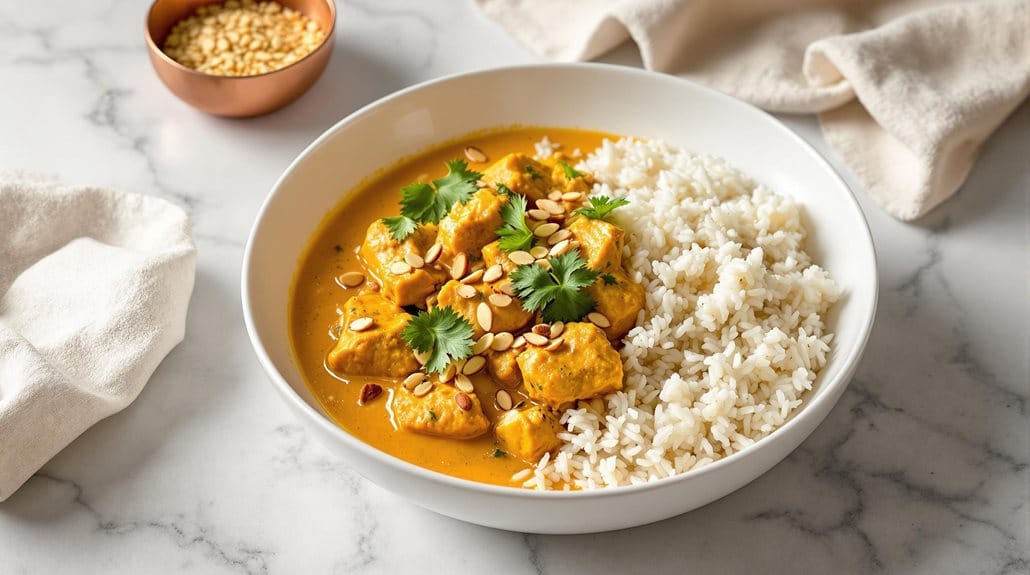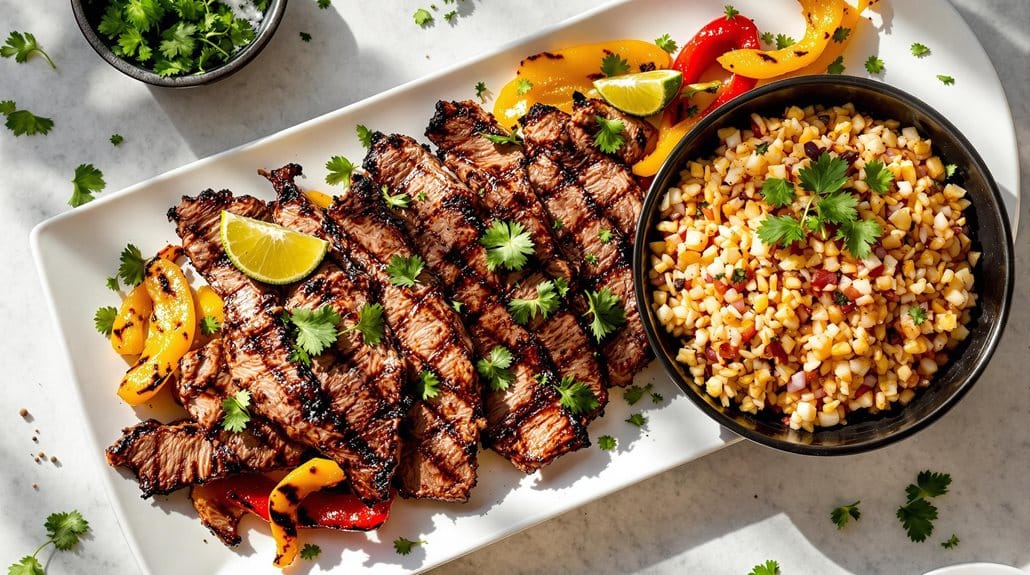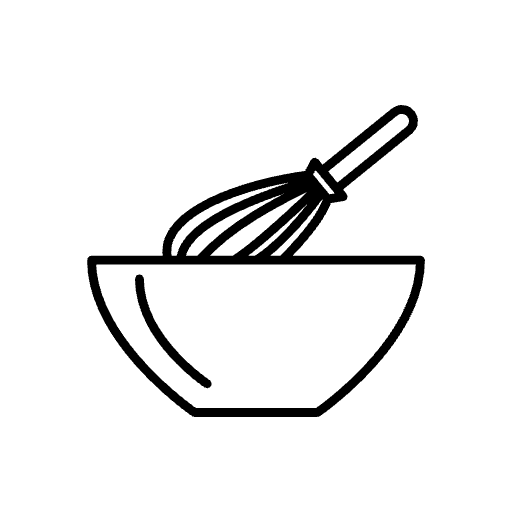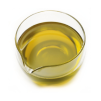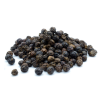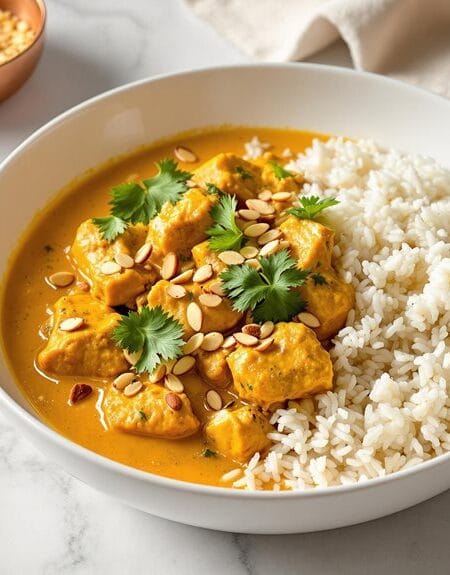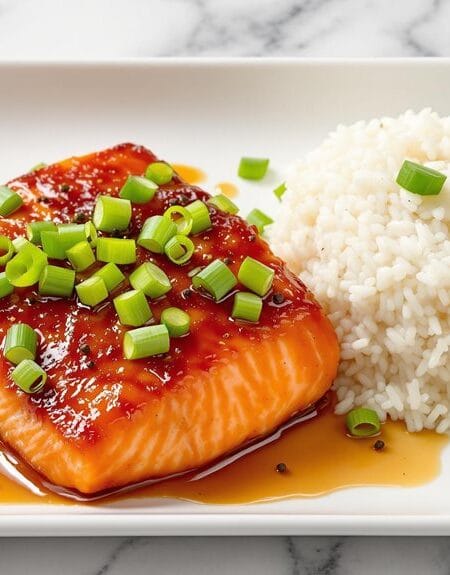| This one-pan Curry Salmon with Coconut Rice combines Thai-inspired flavours and perfectly cooked fish with creamy coconut rice, all made together in the Ninja Speedi. Perfect for busy weeknights when you want restaurant-quality results without multiple pots and pans to clean, this dish delivers impressive results in under 30 minutes. For the best results, pat the salmon dry with kitchen paper before seasoning to ensure a nicely browned exterior. |
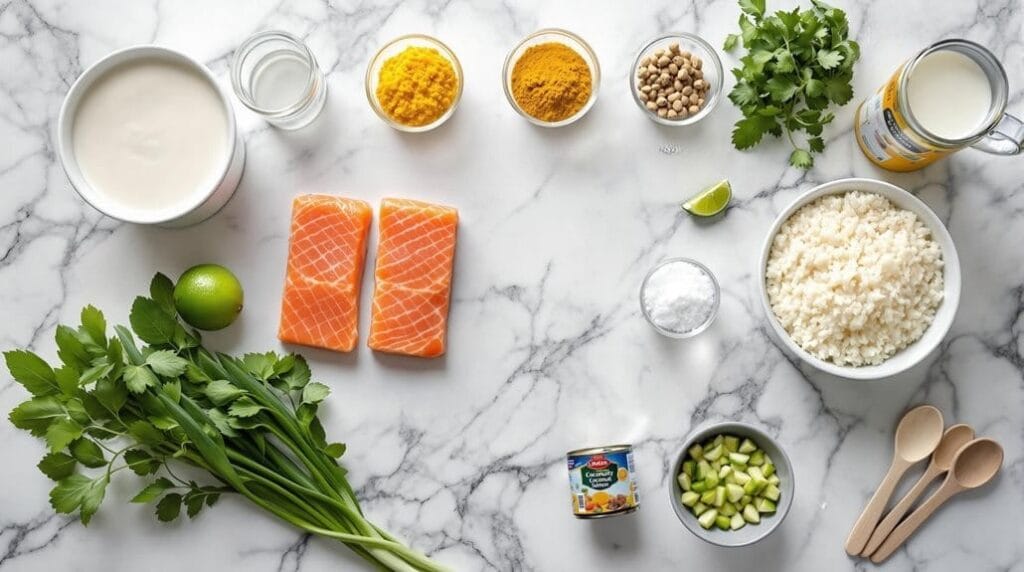
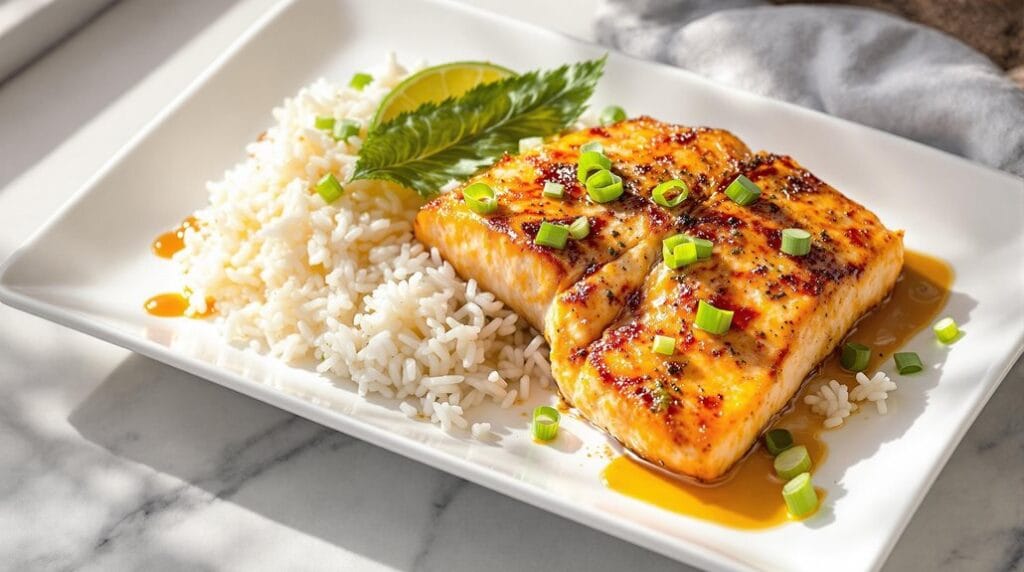
Curry Salmon With Coconut Rice in Ninja Speedi
Description
This vibrant one-pot meal combines the richness of salmon with aromatic curry spices and creamy coconut rice, all cooked simultaneously in the Ninja Speedi for maximum efficiency and flavour.
The dish draws inspiration from Southeast Asian cuisine, where coconut milk and curry are staple ingredients that complement the natural oils of salmon perfectly, creating a harmonious blend of textures and tastes.


